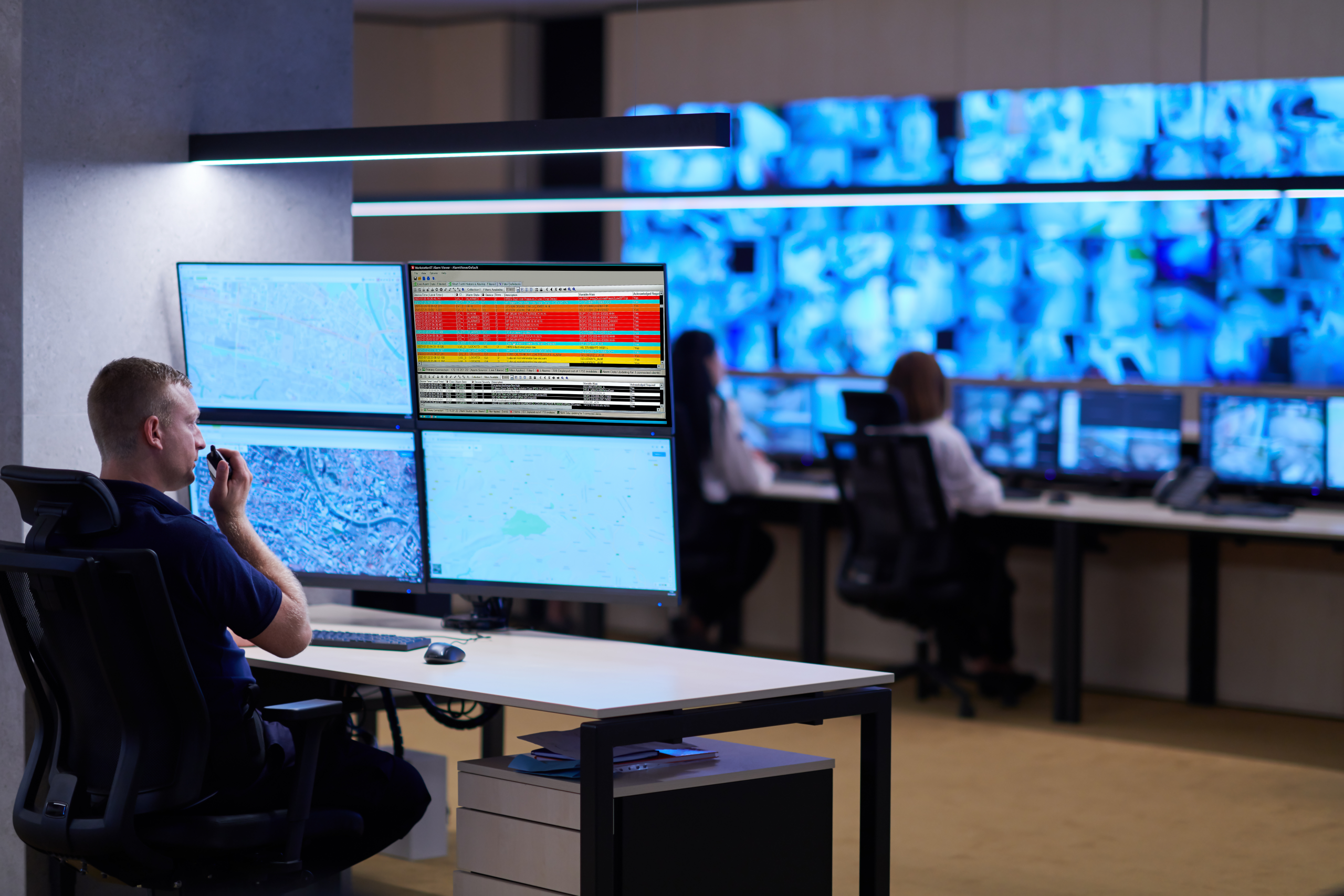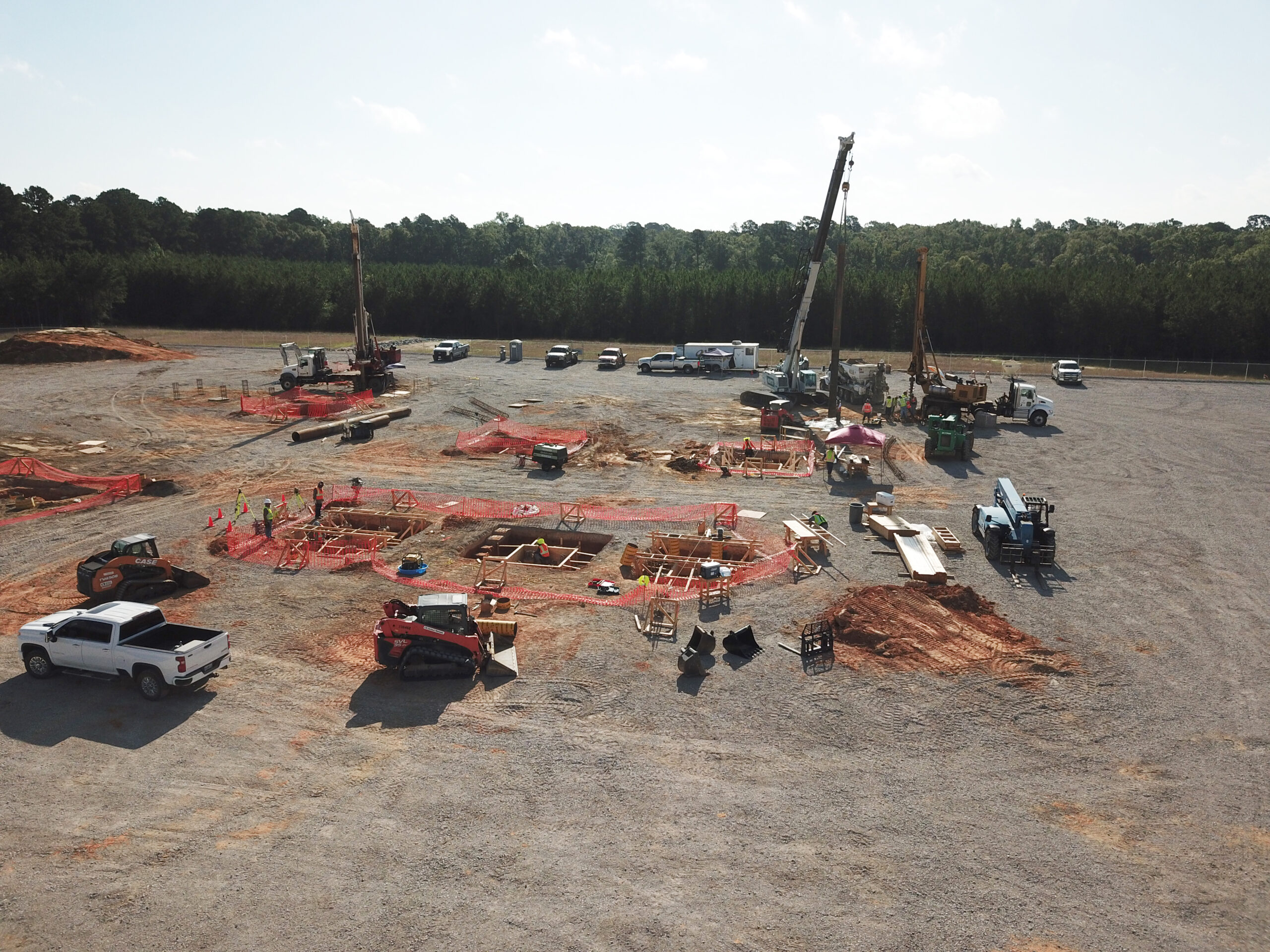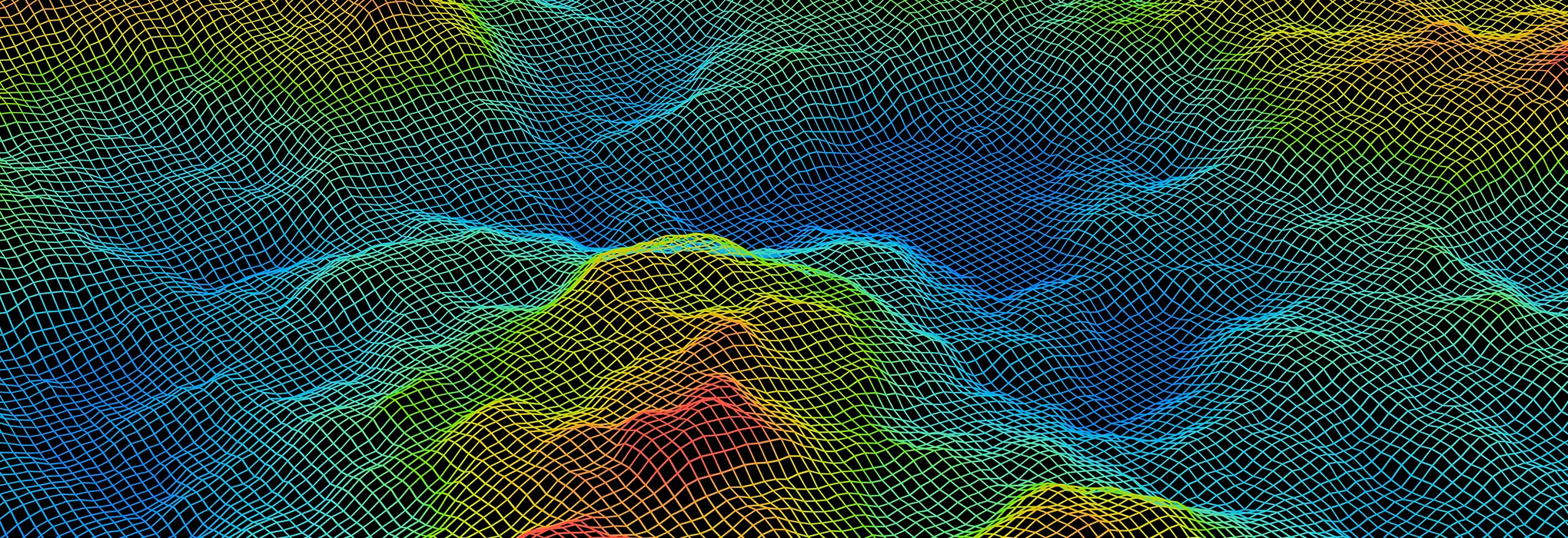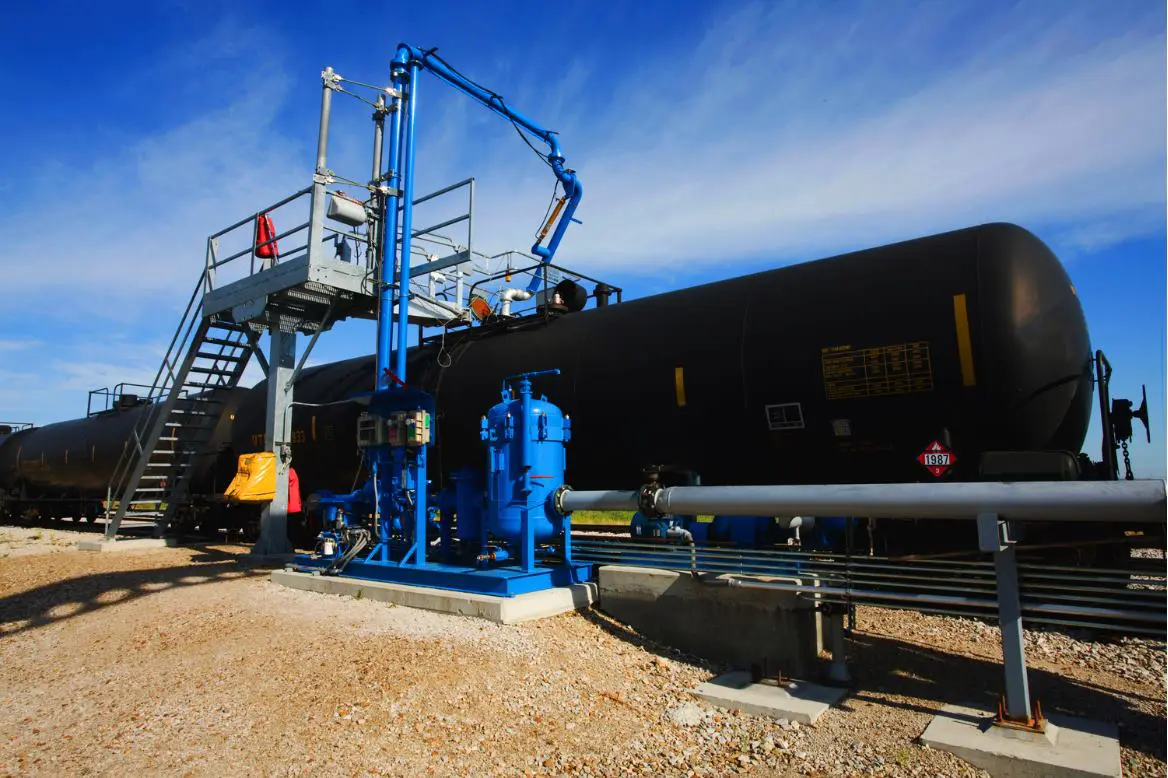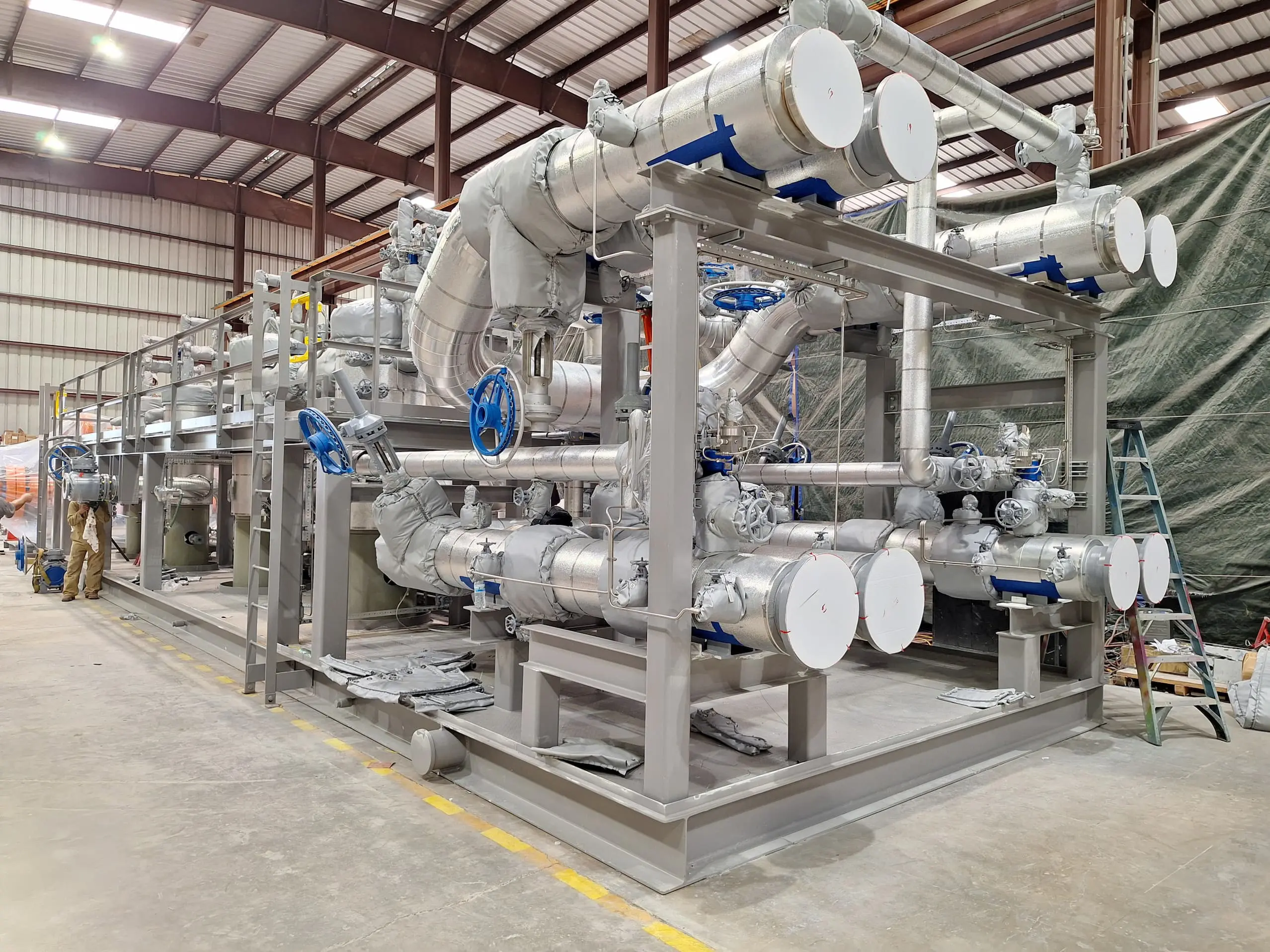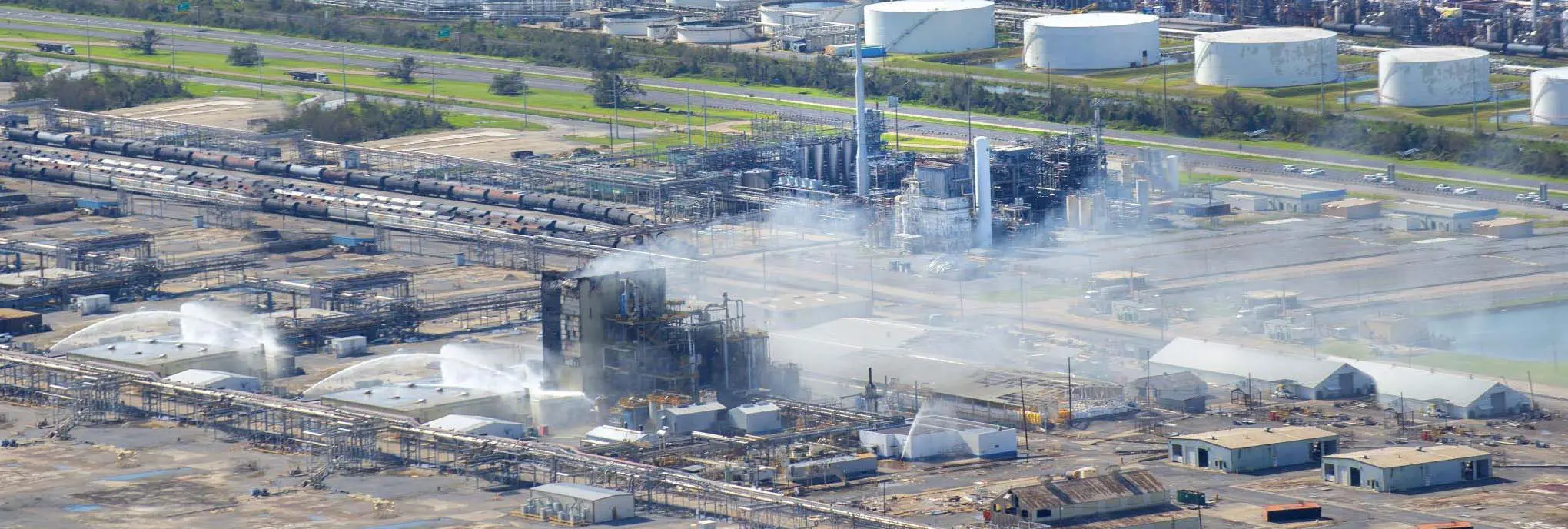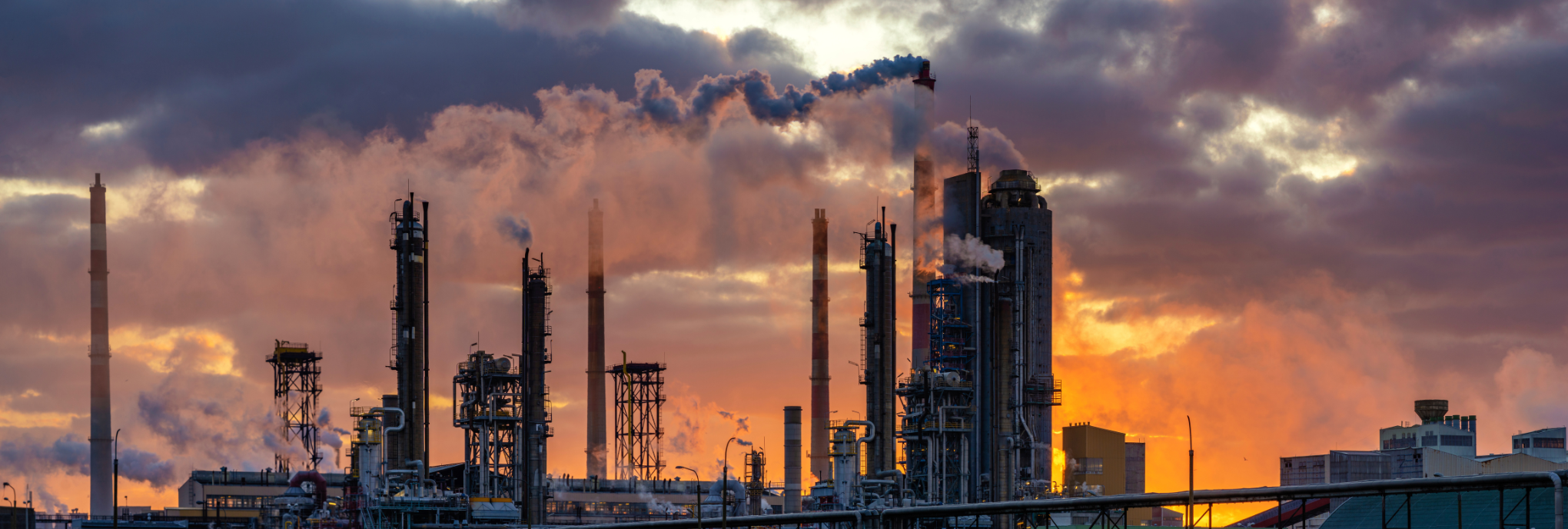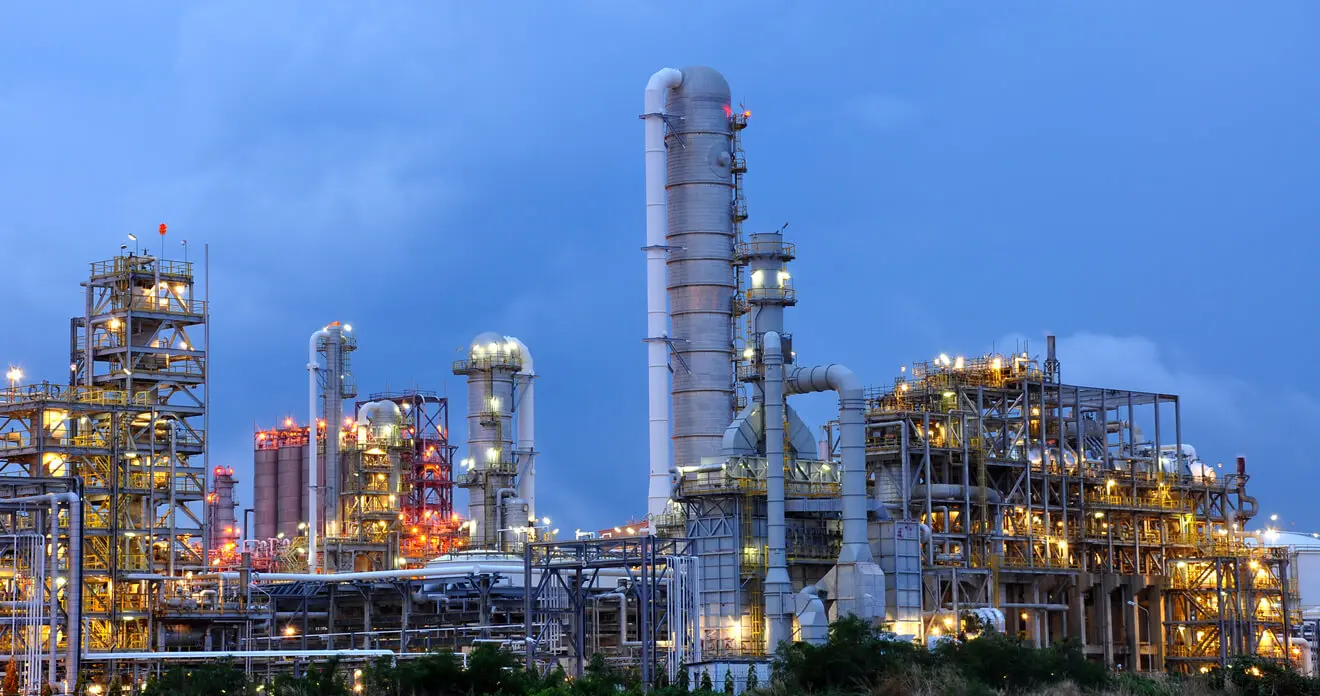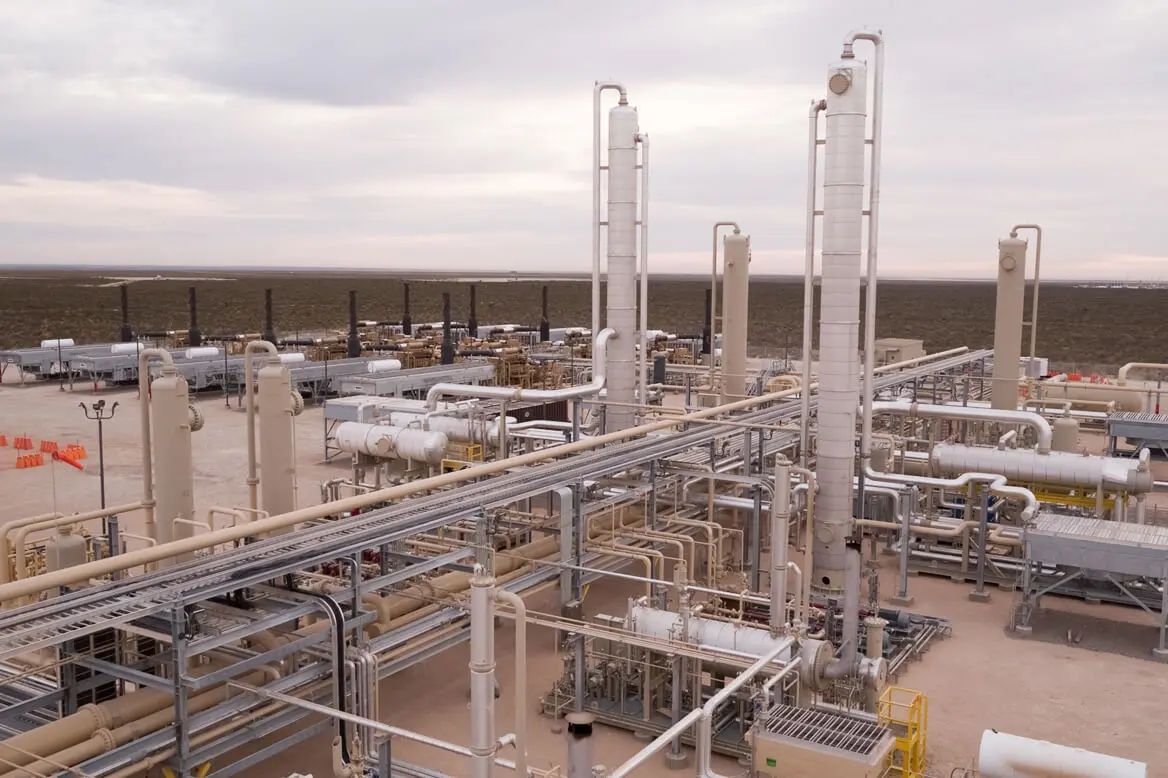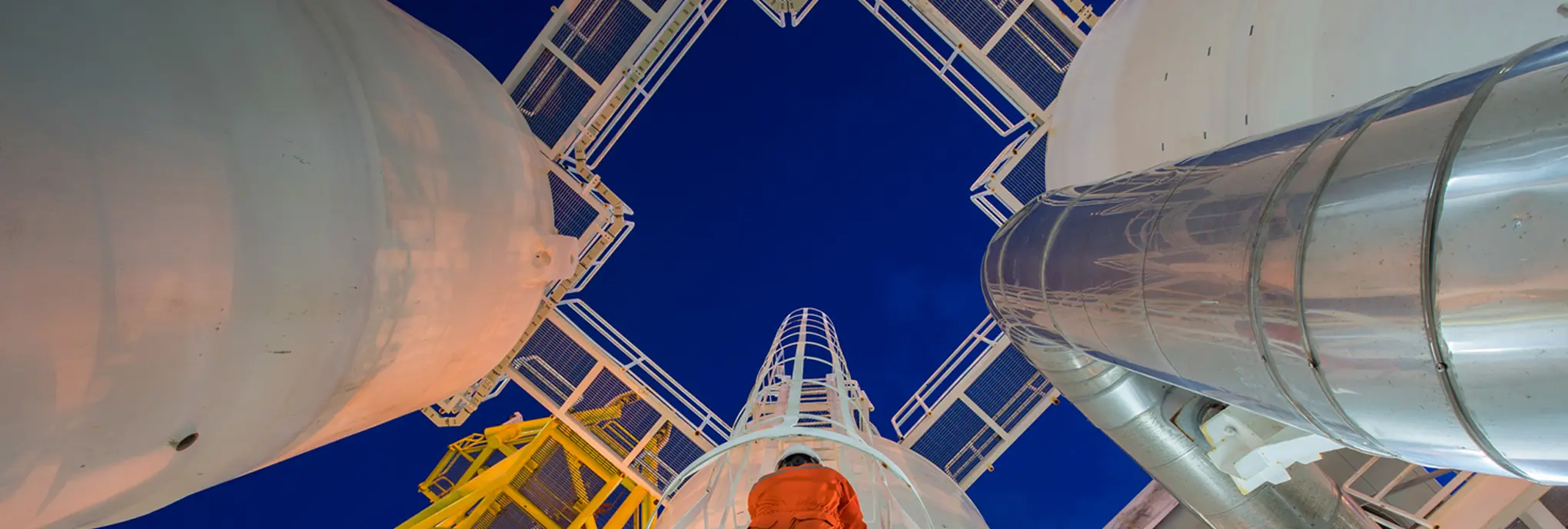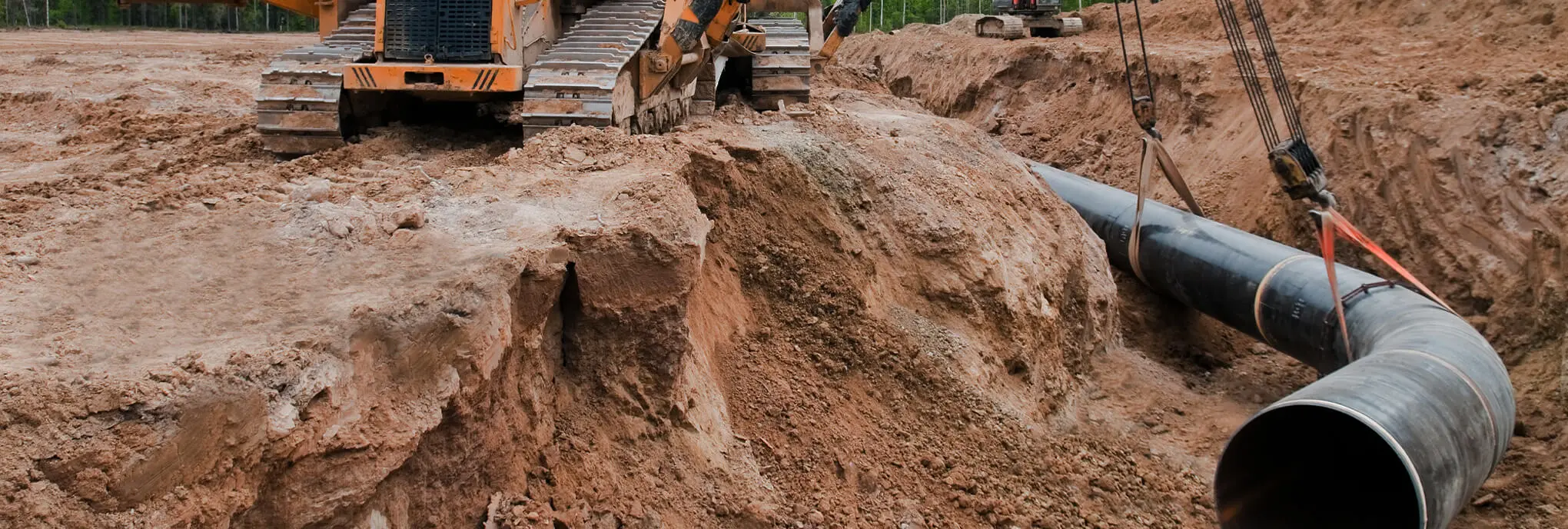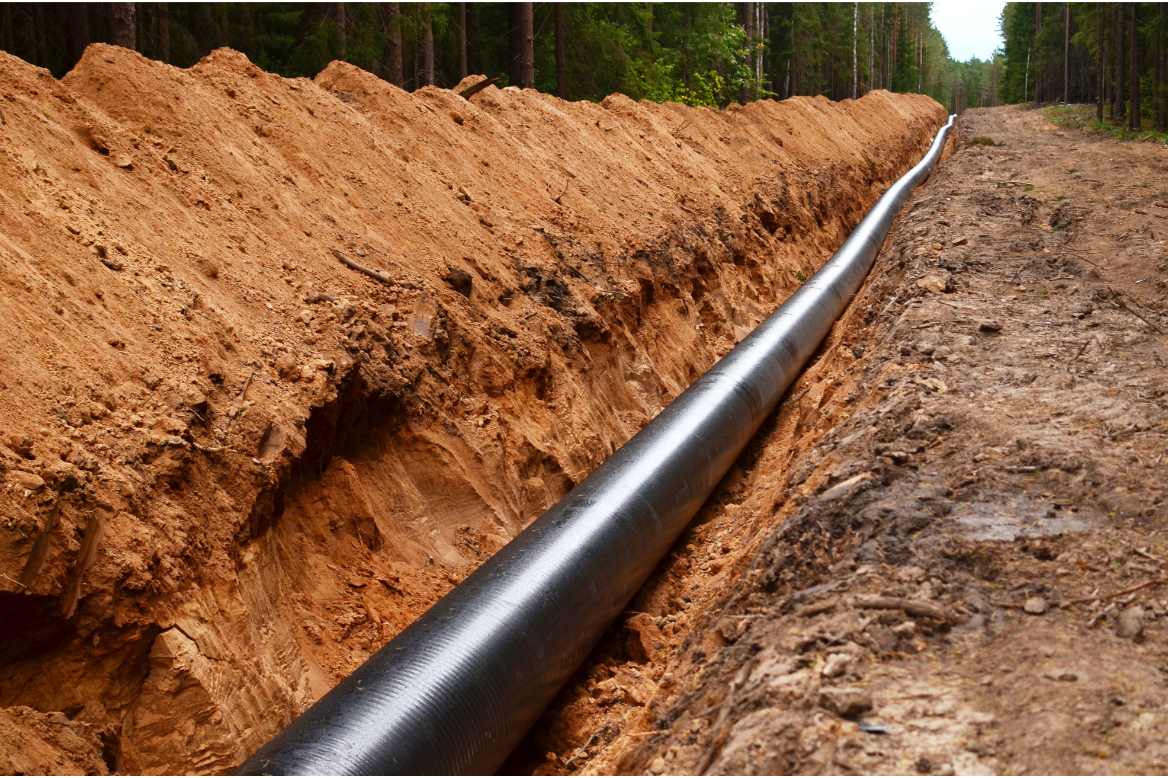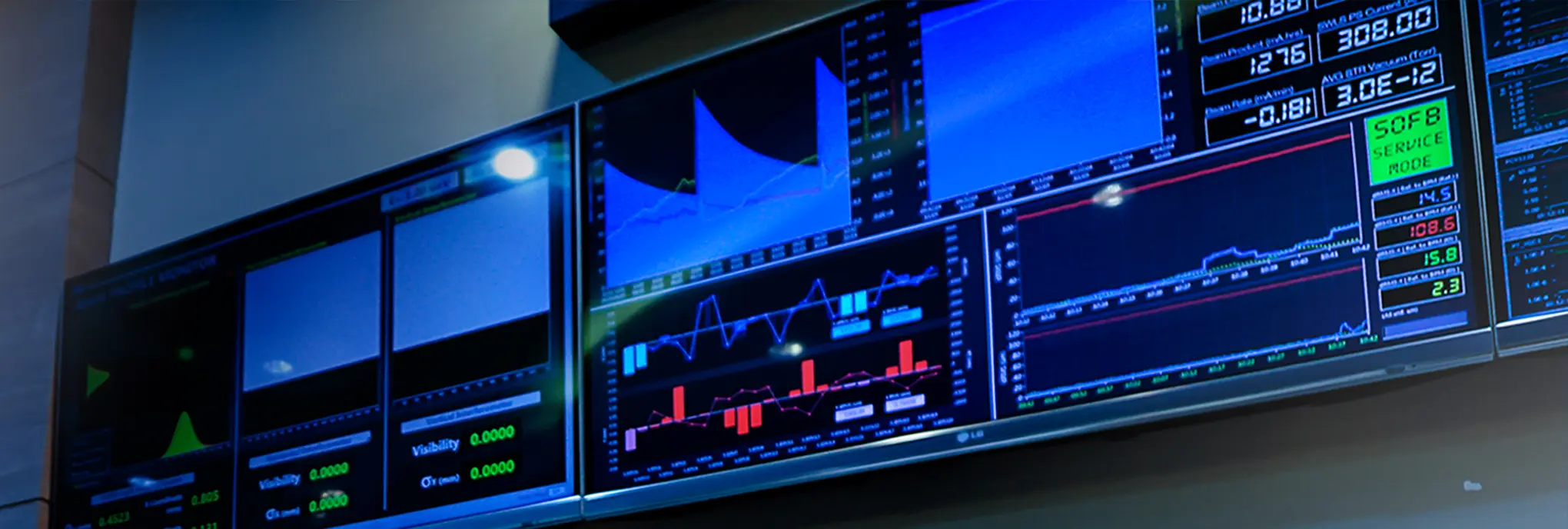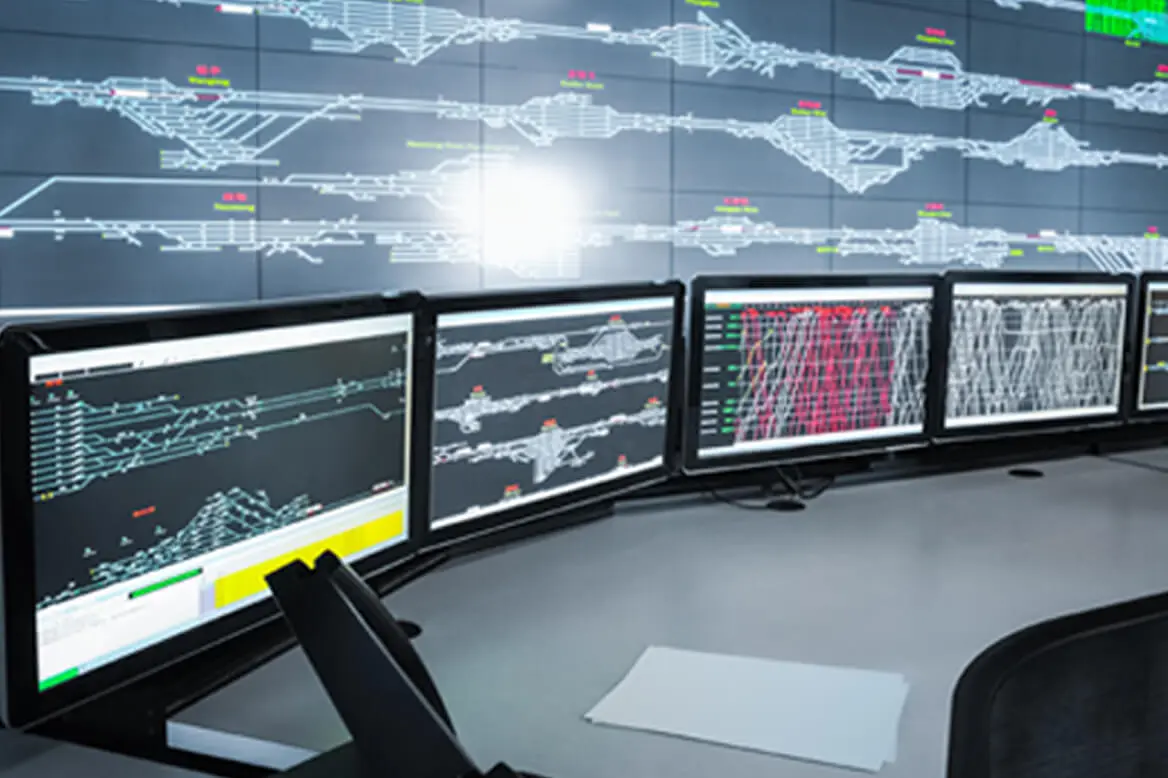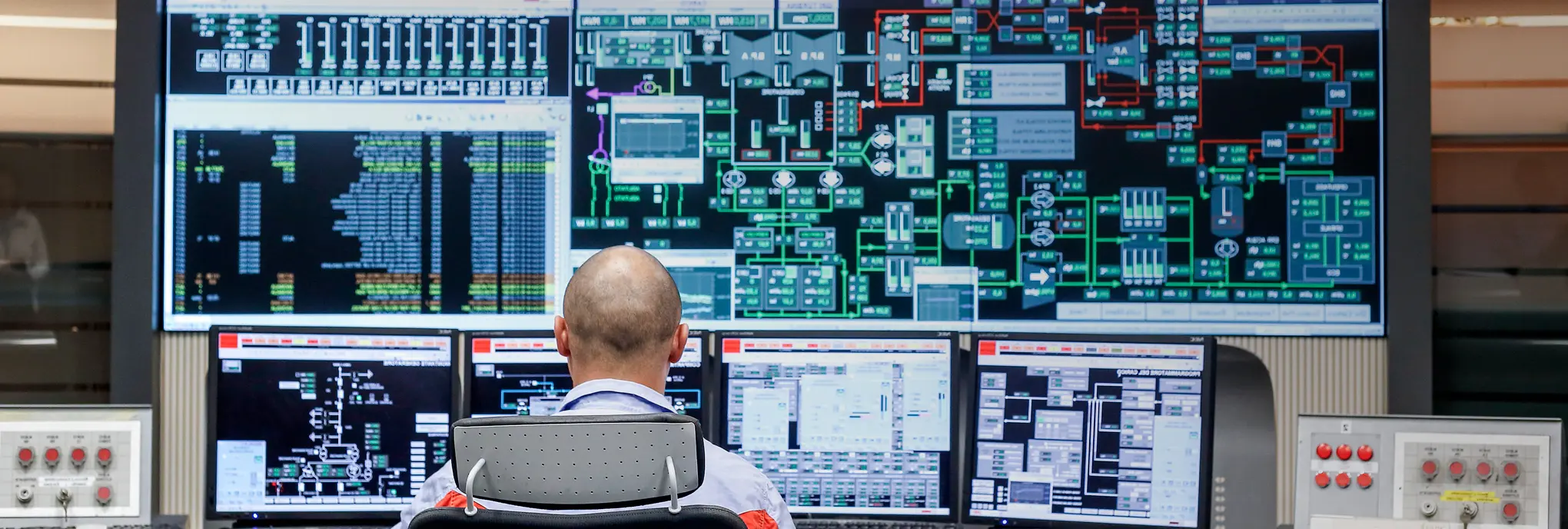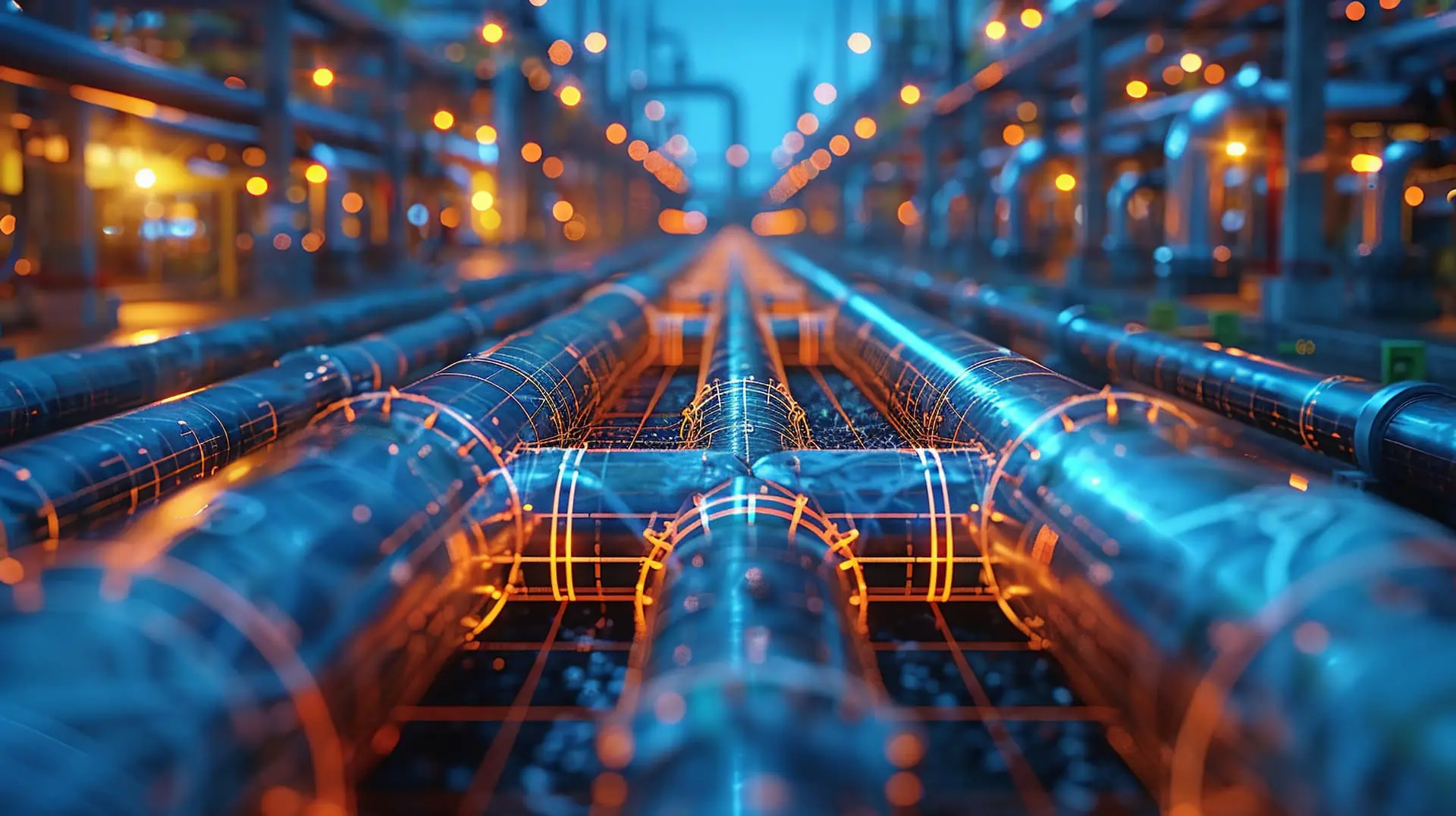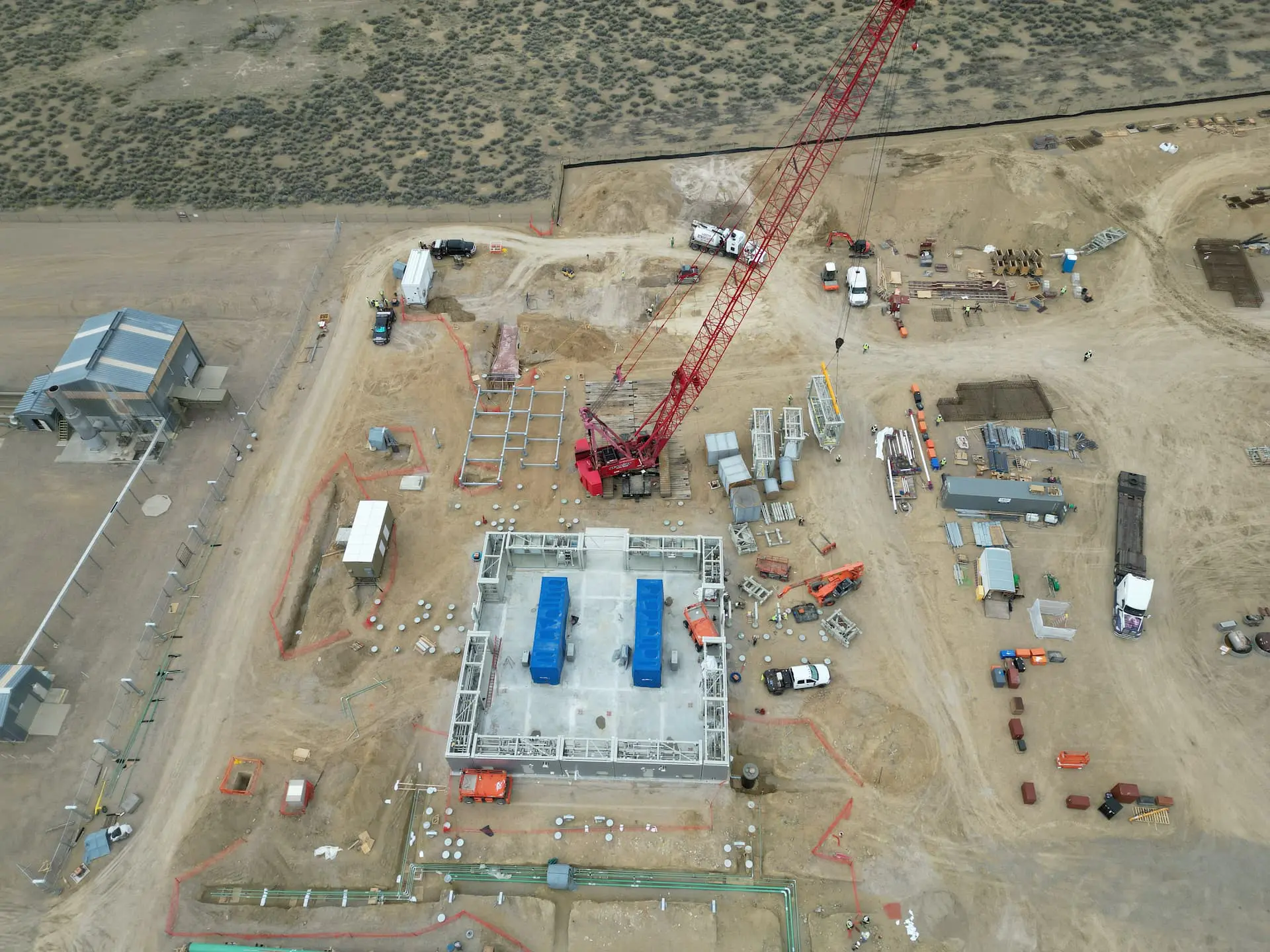

Want to share this article?
Refining Refineries: How to Improve Energy Efficiency, Product Quality, and Yield
Improving refining margins today requires the integration of evolving treatment and conversion technologies into new and existing developments.
However, those technologies — often licensed — aren’t just casually implemented; they first must be thoroughly evaluated to determine which ones provide the greatest benefit at the lowest cost. According to the American Institute of Chemical Engineers, refiners must consider a process technology’s demonstrability, technical aspects, costs, and efficiencies in order to best improve refinery margins. When well-considered, refining the refining process in this way can improve energy efficiencies, product quality, and yields.
Automation represents one of the more common technologies implemented in refinery process improvement today. Advanced process control technologies such as near-infrared spectroscopy (NIRS) analyzers and multivariable model predictive control (MPC) can be incrementally added over the course of a refinery’s production life to take advantage of improvements in performance and beneficial economic changes. A NIRS analyzer gives a refinery flexibility in how it assesses product properties, transitioning analyses from a couple of times a day in the laboratory to more numerous and repeatable tests directly from the site. When used in conjunction with carefully considered and evaluated chemo metrical models, a properly designed and maintained NIRS can reduce laboratory costs, improve quality assurance, and provide a broader range of analysis options. Improvements in core refinery processes such as amine treatment, catalytic cracking, distillation, hydrotreating, and hydrocracking also continue to shape the efficiency and safety of the modern refinery.
Multivariable MPC, another useful tool in refining, models “an optimal sequence of input moves” (PDF) in order to produce actionably favorable output for both active and future processes. When implemented well, it stands to improve process economy through more steady process variables and improved outputs closer to process approach limits. Of course, this sort of computer processing can take a heavy toll on computational resources, and engineering researchers such like Michael Short continue to evaluate new algorithms that can simplify and improve multivariable MPC (PDF) in the industrial environment.
Automation aside, improvements in core refinery processes such as amine treatment, catalytic cracking, distillation, hydrotreating, and hydrocracking also continue to shape the efficiency and safety of the modern refinery. Implementing these sorts of improvements requires a clearly defined roadmap that takes into account mass balance, process models, current plant operation, and the level of added value. But the chance for improved productivity alone doesn’t drive refinery improvements. Changes in feedstock (such as synthetic crudes derived from oil sands and shale) and product demand also shape the development and modification of refineries, forcing many producers to remain flexible and adapt even further in order to profitably survive.


